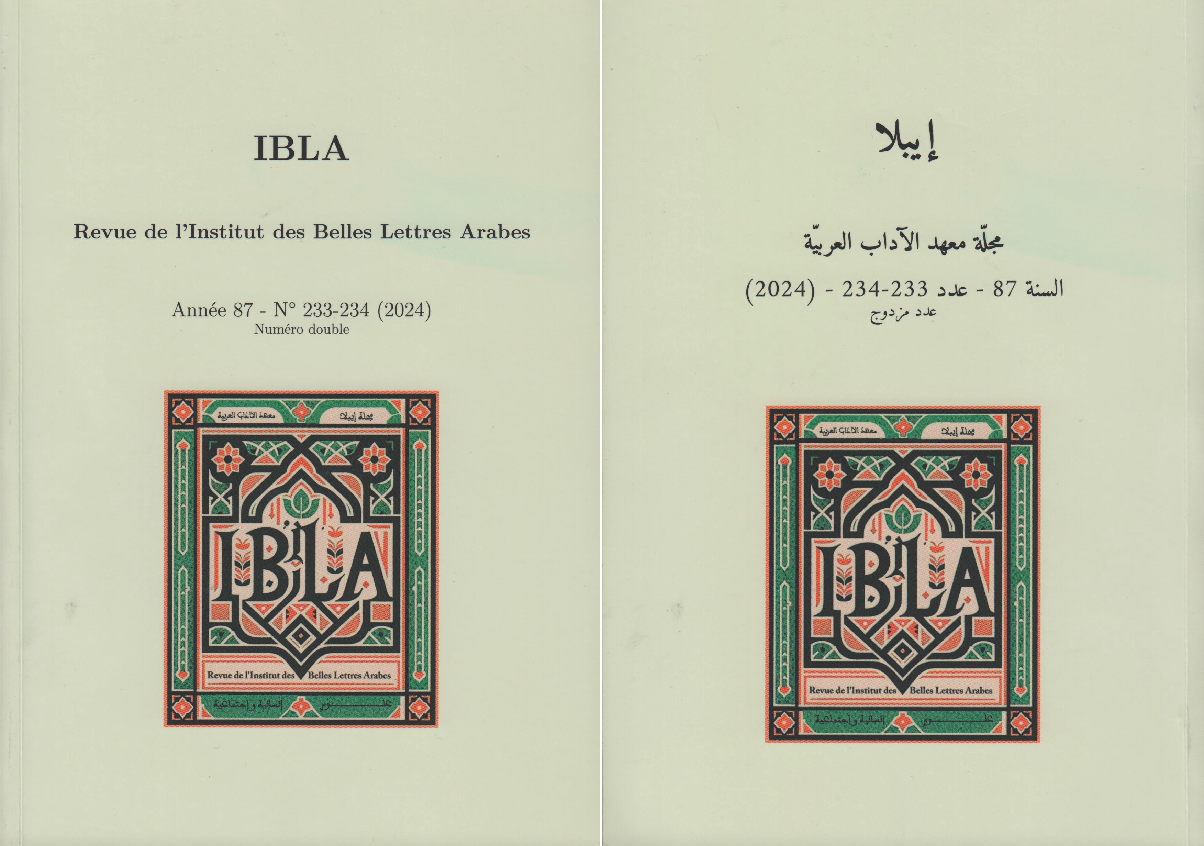Historical, iconographic, and architectural research on the first Almohad minaret in Marrakech
Abstract
Two centuries ago, Marrakech looked like a heap of scattered ruins and empty plots of land, some of which were cultivated. At least, that's the picture Ali bey chose to depict the city he visited in 1804. Two towers dominate the landscape that he had drawn ten years later, in Paris, to illustrate the account of his travels. One is recognisable as the minaret of the Kutubiyya mosque, while the other remains a mystery. If this tower did exist, Ali Bey's engraving shows it to be partially ruined. A century later, it had completely disappeared. Was it a bastion of the qaṣr al-Ḥaǧar or the minaret of the first Almohad Mosque? This is what this paper aims to clarify, by bringing together and comparing the available historical and iconographic data, and then proposing an architectural critique of the edifice based on the records of the excavations carried out on the site. Based on these various elements, this article will finally present, in the form of a graphic hypothesis, a history of the evolution of this tower at the centre of a neighbourhood where some of Marrakesh's most emblematic structures have been built.






